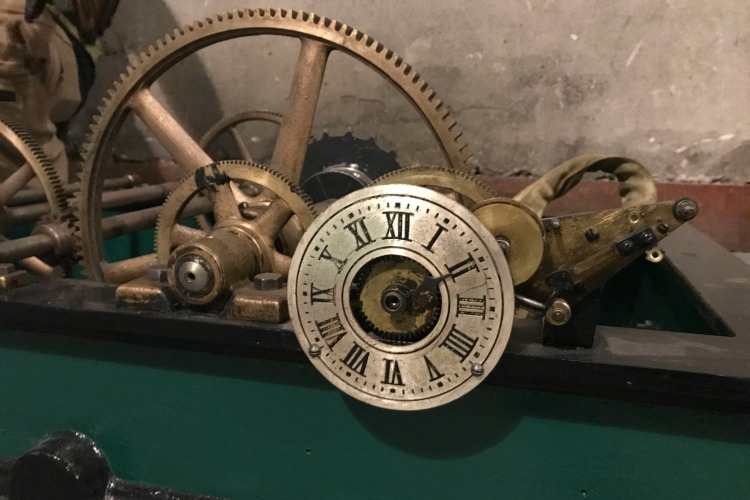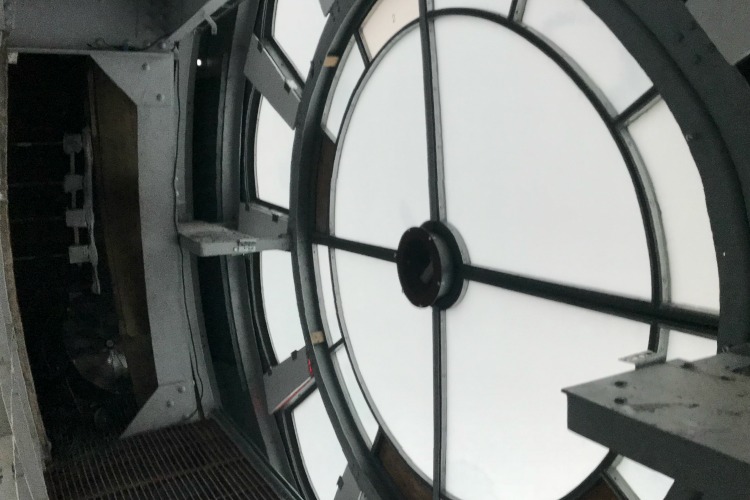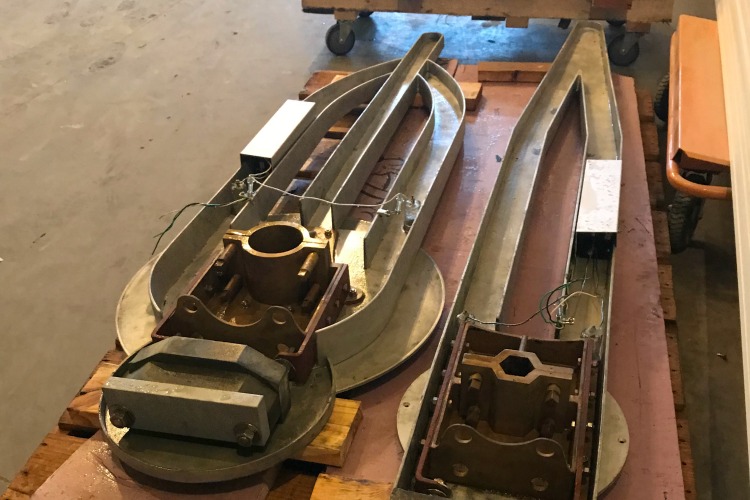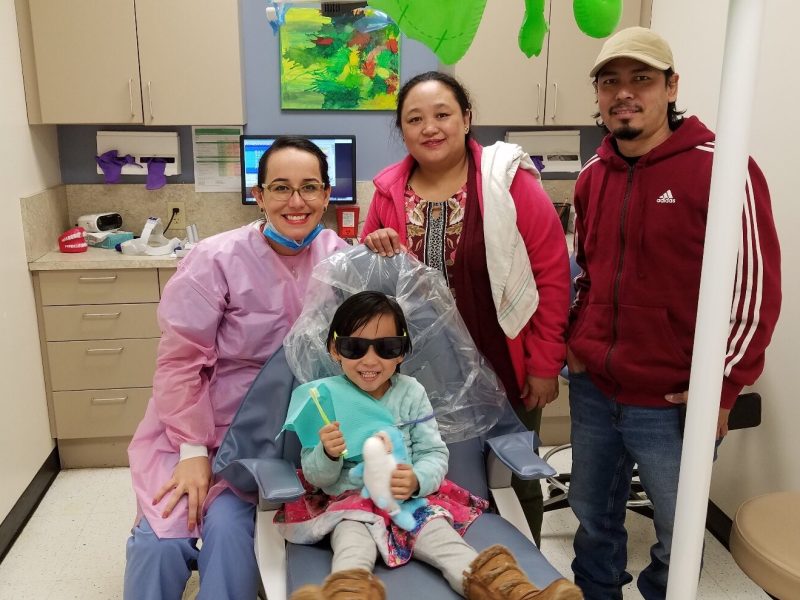Time for preservation
The restored Union Terminal clock is back where it belongs.
In 2016, after nearly two years of planning and preparation, the Cincinnati Museum Center embarked on a large-scale historic renovation of Union Terminal that would cost upwards of 228 million dollars. But, for such a historic icon, it would be worth the cost. As a testament to this fact, it’s a project backed by local, state, and federal taxes and tax credits, enthusiastically endorsed by voters.
The project is scheduled for completion in November of 2018. Much of the renovation work has been done behind closed doors but, as the project nears its completion, Cincinnati residents will now see the final pieces come together in public view. The first of these is the re-installation of the building’s massive facade clock.
A Cincinnati Icon gets more than a facelift
The 530,000 square foot Art Deco Union Terminal was designed by architects Alfred Fellheimer and Steward Wagner. It was built between 1929–1933 and, for most of its life, it was the city’s central train and bus terminal, where residents could catch a bus or train for travel in and around the region. Passenger train service ceased in 1972 and returned in 1991 with limited Amtrak service. Union Terminal has been home to the Cincinnati Museum Center since 1990. The Cincinnati Children’s Museum opened in 1997.
Cody Hefner, the Cincinnati Museum Center’s director of communications, has watched the restoration process from, literally, the inside. The complexity of the project, he says, cannot be taken for granted. It is equal parts detective work and architectural design. It requires extensive research of how the building was originally built and knowledge of how to restore it while fitting it with modern facilities and technologies. Part of the Museum Center’s mission has always been the responsible stewardship of Union Terminal and this project is the embodiment of that mission.
“In short,” Hefner says, “the project is turning the clock back to 1933, restoring the building as closely as possible to what its first visitors experienced. In the process, we are securing its structure and systems to ensure it is standing for generations to come.”
Finding the right people for the job
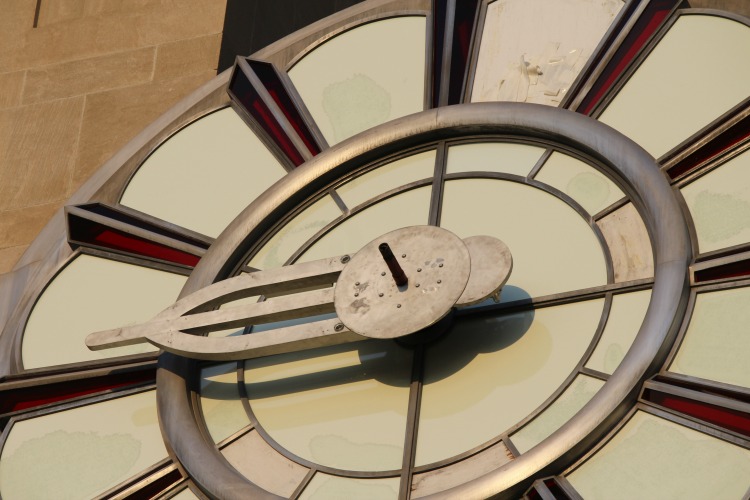
GBBN is the lead architect on the Cincinnati Union Terminal Restoration and Renovation project. They are responsible — with the help of an engineering and architectural consultant team — for the scope and design of the project.
Nicholas Cates is the Senior Project Architect for GBBN. He says Union Terminal is one of the buildings that sparked his own interest in architecture.
“I moved back to Cincinnati from New York City in 2015, Cate says. “Once I learned that this project was starting, it was the only thing I wanted to work on. I got lucky and found a great home in GBBN and started on the project in May of 2015 and have been on it ever since, now spending nearly every day on site working closely with the construction team and contractors.”
“Union Terminal is one of the last great trains stations built in the United States and it is a masterpiece of traffic planning,” Cates says. “Once critical as the gateway to the city for travelers, the terminal’s rebirth into the Museum Center gave it new meaning in the city as a cultural hub for generations of people that continues today.”
The exterior of Union Terminal required extensive work such as repairing windows and masonry, plus sealing the area beneath the plaza and fountain (which is the roof to portions of the museum spaces). The clock, in particular, was a high-priority project. “It punctuates the signature façade of the building,” Hefner says, almost like an exclamation point.
When securing contractors and artisans for the project, only the best, most qualified would suffice for such a significant building. The Verdin Company, a local business whose name is synonymous with historic and significant timepieces, was a choice contractor for the clock. They repaired the clock’s mechanical system — the gears, drive motor, and timer switch that turn the hands and operate the clock.
Verdin was established in Over-the-Rhine by French immigrant brothers. Their first documented installation was in 1842: a clock and bell equipment at Old St. Mary’s Church, a city landmark. Verdin has been in the business for 175 years — that’s five generations.
Jeff Mann provides technical support for The Verdin Company.
“This was a cool project because of the unique timepiece, and the fact that it is a hometown landmark,” Mann says. “The greatest challenge was the fact that no one knew anything about it or how it worked. We had to figure it out.”
It was “a pretty neat little puzzle,” he says.
The clock is mounted in the building’s façade. It has a diameter of 18 feet and is composed of more than 50 amber and red glass panels. The hands glow neon. In 85 years, this is the first time it has been refurbished. The entire piece had to be disassembled and taken, by hand, down multiple flights of stairs to be worked on. A different contractor, Centennial Preservation Group, worked alongside Verdin for the clock restoration. They handled the reglazing of the clock panels and sealing them into the metal frames. After the work had been done, it took days for the team to reassemble in place. It is now installed and operational. The glowing hands will be lit soon.
The same building, a new experience
Other than the façade and clock restoration, what can visitors expect when the Museum Center is finally reopened to the public in November of 2018? The facility itself will be completely restored, with updated mechanical systems and technology, added restrooms, new food service options, and more, while preserving the building and its integrity.
Hefner reports that these renovations will change the user experience, as well. Since all structural elements needed to be retreated and restored, it provided an opportunity to re-think the museum spaces themselves while they were rebuilt. They been opened up to offer visitors a more flexible experience. There will be the same familiar exhibits with more space for new artifacts.
He says now that the clock is installed, “when people see the hands on it, the restored glass, the red neon light back up (soon), that’s an undeniable sign that we’re nearing the finish line.”
With the façade clock now installed, Cincinnati residents look forward to watching the rest of the pieces come together in this historic renovation, in real time.
Support for STEAM in the Museum is provided by Cincinnati Museum Center as it educates and inspires the leaders, builders and dreamers of this generation and the next.

